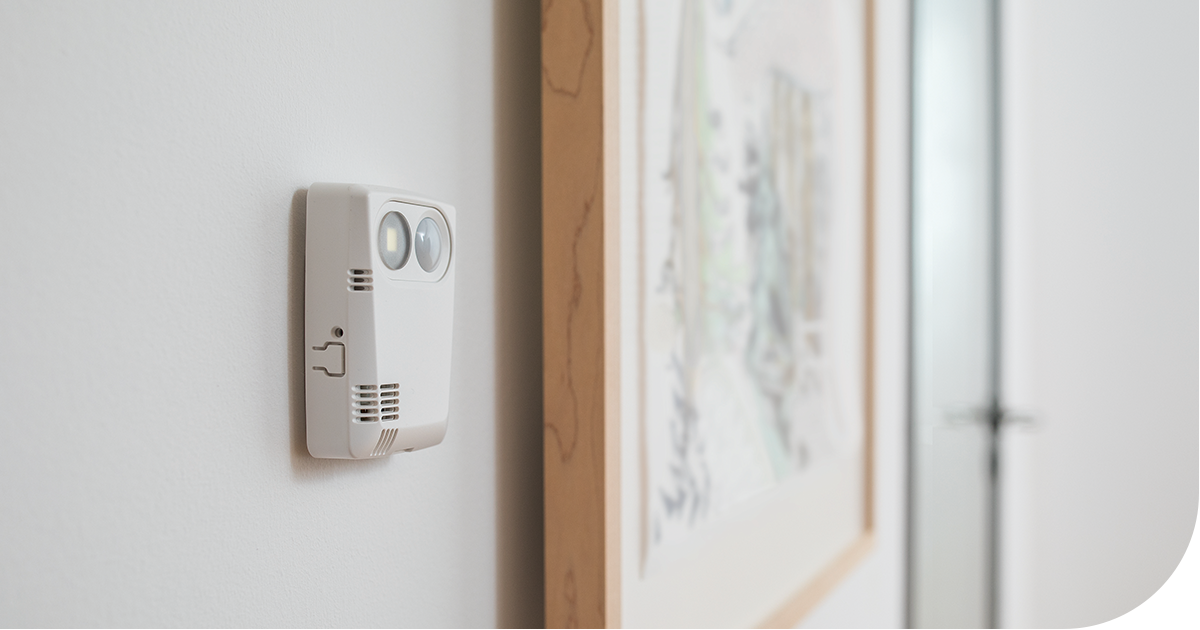Environmental control is essential for protecting your collections. Here are some practical tips to help you monitor and manage the environment.
Focus on temperature and humidity control 🌡️
Fluctuations in temperature and humidity can cause significant damage to historical artifacts. Aim to keep the temperature stable, ideally between 68-72°F (18-22ºC), and maintain relative humidity (RH) around 45-55% for most collections, with changes limited to just a few degrees or percentage points to avoid stress on materials. Using digital hygrometers and thermometers, regularly monitor these conditions and consider investing in a data logger for continuous monitoring alerts. If your budget allows, climate control systems (such as HVAC systems with calibrated humidifiers and dehumidifiers) provide the most precise regulation. However, simpler solutions like portable dehumidifiers, fans or well-sealed exhibit cases can also help improve stability.
Pay attention to light exposure 💡
Light, especially UV light, causes materials to fade, discolor and deteriorate. Minimize exposure by using UV-filtering films on windows and display cases, and opt for LED lighting, which emits less UV and heat than incandescent or fluorescent bulbs. Limit the duration and intensity of light exposure by turning off exhibit and storage lights when not needed, and consider rotating sensitive items on display to reduce total exposure. Use display cases with UV-filtering for added protection. Remember, light damage is irreversible!Consider pest management 🐜
Pests like insects and rodents can cause irreversible damage. Establish a comprehensive Integrated Pest Management (IPM) plan that includes regular inspection of collection and storage areas for pest activity. Use sticky and pheromone traps to detect problems early, and keep spaces clean and clutter-free to reduce pests' access to materials.
By proactively monitoring temperature, humidity, light, and air quality, and staying vigilant about pests, small museums and historical societies can meaningfully extend the life of their collections and ensure that valuable artifacts are preserved for future generations.

